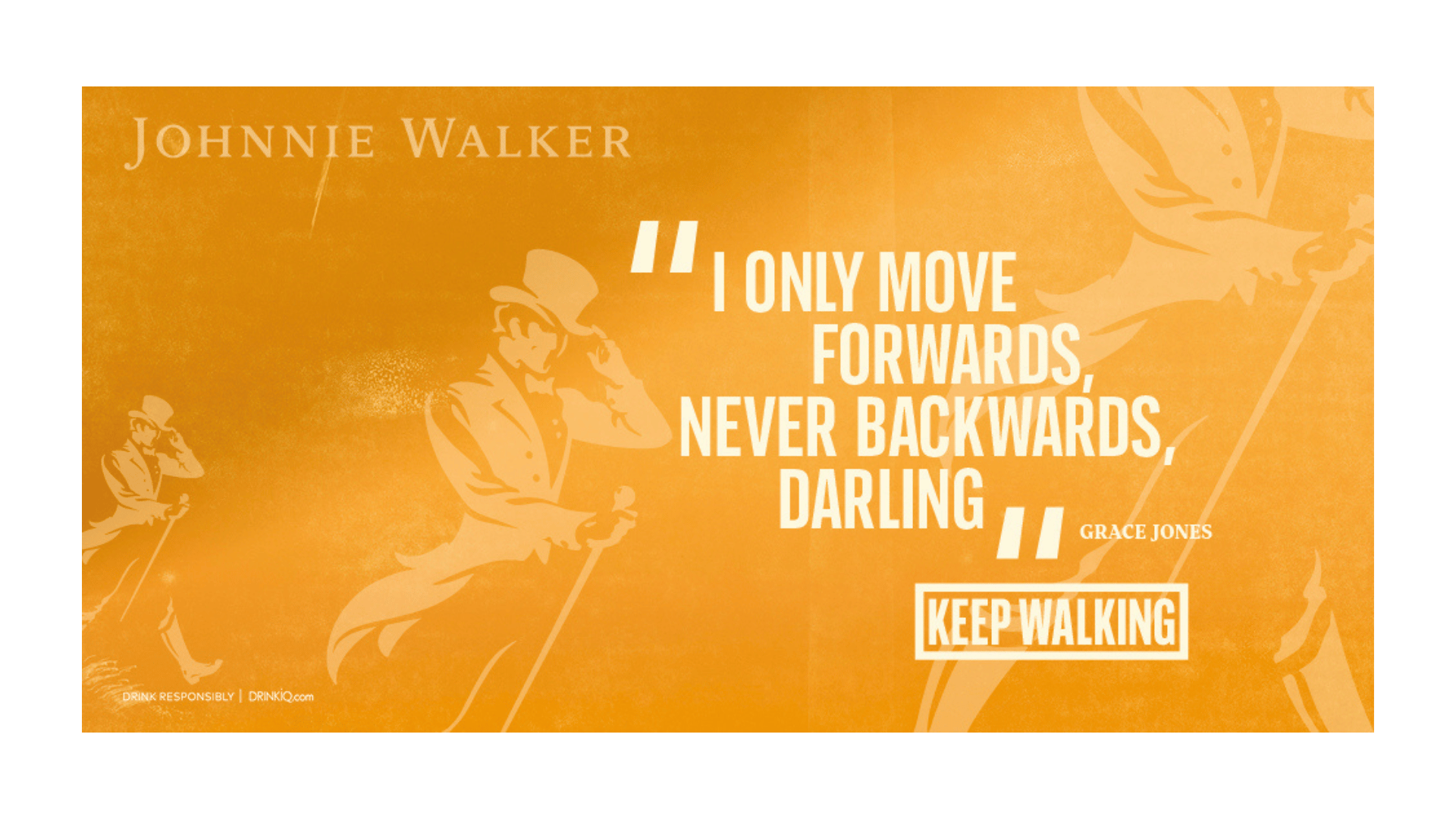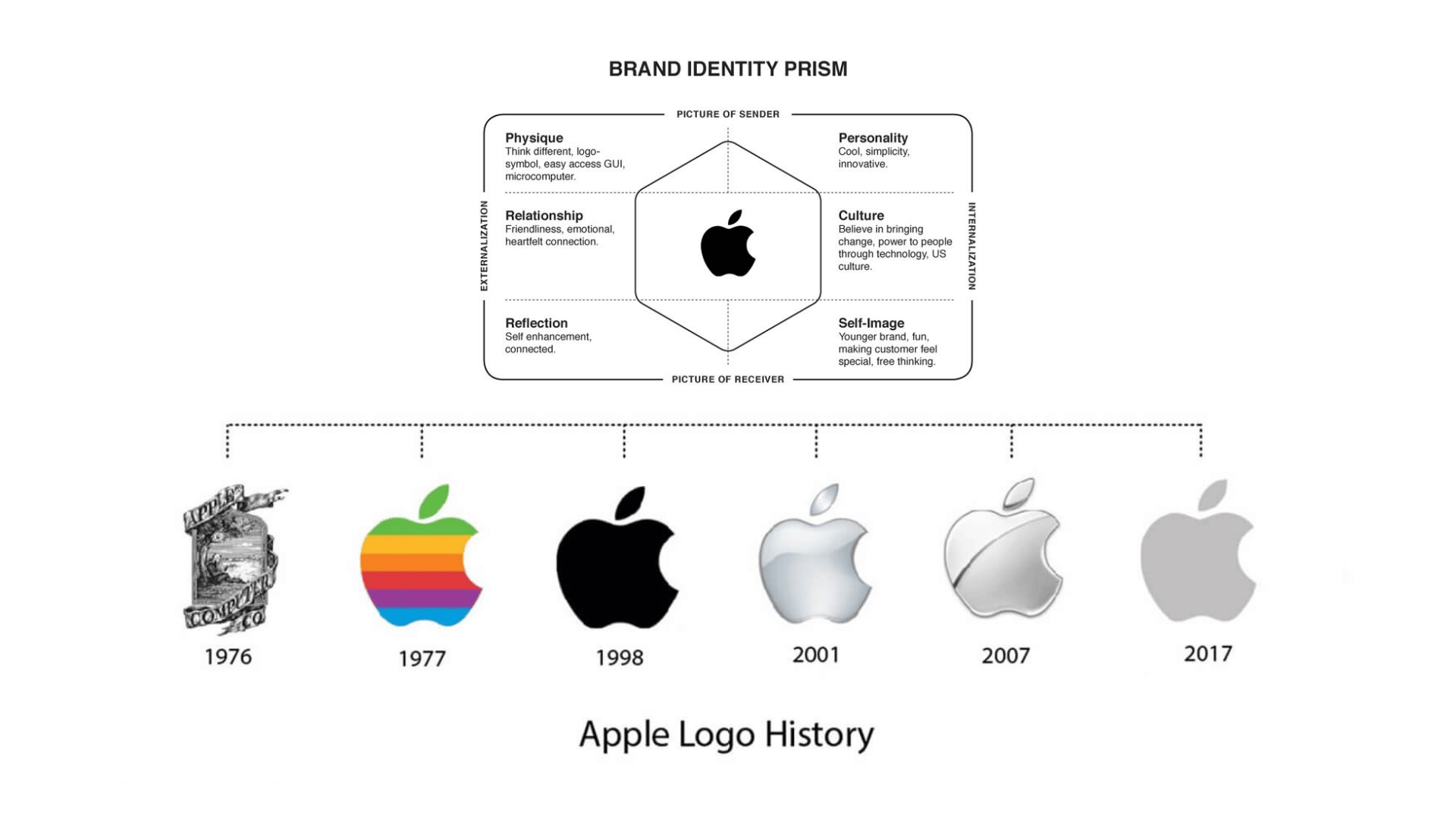In today's fiercely competitive market, a well-defined brand platform can make or break your business. It's not enough to have just a memorable logo or catchy slogan. What you need is an authentic Brand Platform - a compass that guides your brand towards the fundamental human truth it stands for. This platform acts as your brand's essence, ensuring all brand interactions resonate with an authentic message that transcends fleeting marketing tactics.
This guide aims to walk you through the vital steps and considerations for building a brand platform that will ensure your brand not only resonates with consumers, but also stands the test of time. Let's dive in!

1. Define Your Brand Identity and Values
The first step in building a Brand Platform is identifying your 'brand truth'. This isn't merely a unique selling proposition (USP); it's a deep-seated human truth that mirrors your business personality, mission, vision, and fundamental values. For instance, Guinness celebrates the meticulous craftsmanship behind its brewing process, while Johnnie Walker champions personal growth and journey with its "Keep Walking" campaign.
You also need to align brand’s identity and values with customer reality. The most effective Brand Platforms are born at the crossroads of brand truth and consumer reality. To identify your brand identity and values, ask yourself questions like:
- "What is the ultimate goal of my brand?’’
- "What core values resonate with us?"
- "How do we want to be perceived?"
- "How does our brand’s truth connect with what our target audience believes or values?"
The answers will help you sculpt a compelling brand identity that clicks with your target demographic. Your audience should see this alignment as a natural extension of their own life experiences, something they deeply connect with.

2. Develop a Brand Messaging Strategy
Recognising the significance of brand messaging entails understanding it as a bridge between your brand values and your audience's perception of your brand. Successful messaging transforms features into advantages and fosters a relationship that transcends mere sales transactions.
One of the most impactful ways to create this messaging is through storytelling. The power of storytelling lies in deepening your audience's understanding of your brand truth. Stories have a unique knack for connecting with human emotions and beliefs. Therefore, your story should be a creative yet genuine reflection of your brand’s philosophy, helping the consumer comprehend not just the “what,” but importantly, the “why” behind your brand.
To build a strong brand message with storytelling:
-
Know Your Audience: Tailor your message to meet the emotional and practical needs of your demographic.
-
Identify Core Themes: These should reflect your brand values and resonate emotionally with your audience.
-
Be Authentic: Use real anecdotes or customer testimonials to bring your brand values to life.
Nike's slogan, "Just Do It," goes beyond a tagline to encapsulate its core philosophy of empowerment and performance. The brand sells not just sports gear, but also the idea of overcoming obstacles and reaching one's potential.
Brand Message gives you a clear direction and framework for creating compelling content that resonates with your target audience.

3. Design an Eye-Catching Brand Visual
Creating a visually captivating brand isn't just about having a memorable logo or choosing appealing colors. It's an intricate process that requires a deep understanding of your brand’s core identity and the psychology of your target audience. Each visual element should align with your brand's core values and speak to the emotions you aim to evoke in your audience.
Key components to consider when designing an eye-catching visual brand:
- Logo Design: The Face of Your Brand
Your logo typically serves as the initial point of contact for your brand. It's the visual anchor that represents your business across various platforms, from your official website to your product packaging. When crafting a logo, it's essential to reflect on your brand's character and the audience you're aiming to reach. Aim for a design that's straightforward yet impactful, encapsulating your brand's spirit in one distinctive image. Remember, flexibility is crucial; your logo should maintain its recognizability whether it's scaled up or down, and across different formats and sizes.
- Colour Palette: The Emotional Undertone
Colours communicate emotions and elicit psychological reactions. For example, blue is frequently associated with trustworthiness and dependability, while red can stir feelings of enthusiasm or fervor. Select a color scheme that mirrors the emotional journey you wish to offer your customers. A consistent color palette will not only enhance your brand's recognizability but also establish an emotional connection with your audience.
- Typography: The Silent Communicator
Various typefaces and stylings can stir contrasting emotions and subtly communicate your brand's level of professionalism. Serif fonts, for instance, are commonly perceived as traditional and reliable, while sans-serif fonts exude a contemporary, sleek feel. Your selected typography should blend seamlessly with other visual components and ensure readability across all platforms.
- Imagery and Iconography: A Picture is Worth a Thousand Words
The types of images and icons you choose play a significant role in defining your brand's identity. Whether it's photography style, illustration type, or the icons used on your website, each should echo your brand values and target audience. High-quality, consistent imagery can elevate your brand's perception and add layers of depth to your brand story.
- Layout and Spacing: The Art of Visual Harmony
Layout and spacing are often overlooked but are crucial for creating a cohesive look and feel. How elements are positioned in relation to each other impacts readability and user experience. Good design leverages the power of white space, balance, and contrast to create a visually pleasing and easily navigable experience.
- Brand Guidelines: Your Visual Brand’s Rulebook
Once you’ve decided on the visual elements, it's important to document them in a brand guidelines. This serves as a handbook outlining the appropriate usage of your logo, colour palette, typography, and other visual aspects. It guarantees that regardless of the medium – whether it’s an email newsletter or a billboard ad – the visual identity stays consistent.
Apple is an excellent example of a brand with strong visual components. The company's minimalist design aesthetic aligns perfectly with its core values of innovation, simplicity, and user-centricity.
Remember, visual branding is not static; it should evolve with your business and your audience's needs. Make it a practice to review and, if necessary, refresh your visual brand components to ensure they continue to resonate with your market. By focusing on each of these aspects, you're not just creating a "look"; you're creating an experience, a feeling, and a space in the consumer's mind that is uniquely and unmistakably your brand.

4. Build Brand Credibility and Trust
A strong brand isn't just visually appealing - it's trustworthy and credible. Consistency across all aspects of your brand, from your visual identity to the tone of your messaging, is the core of building trust. Every interaction a customer has with your brand should reinforce the promises you make. When your brand is consistent in fulfilling its promises, whether that's superior customer service or a unique product, it establishes a reputation for reliability that keeps people coming back.
Additionally, openly sharing your brand's mission, vision, and values can add a human touch to your brand, making it more relatable and emotionally engaging. This emotional bond is often the first step towards brand loyalty and even advocacy. Hence, by fulfilling your promises and allowing customers to comprehend your narrative and principles, you nurture a relationship based on trust that goes beyond mere transactions.
Coca-Cola has built strong credibility through consistent messaging and a reliable product. Its focus on quality and social responsibility has made it a globally trusted brand. The brand's relationship with consumers transcends generations and borders.

5. Promote and Advertise Your Brand Platform
A well-defined brand platform serves as the cornerstone for all your marketing initiatives. Whether you are engaging in content marketing or launching a social media campaign, your brand's core values, voice, and visual identity should resonate throughout each piece of content. The trick is not just to push a message out but to make sure that message aligns with who you are as a brand.
Content marketing can be a powerful tool for not just attracting attention but also for establishing your brand as an authority in your field. Similarly, a consistent social media presence can help you not only interact with your audience but also gradually build a community around your brand. In this way, every blog post you publish, every tweet (now X) you send out, and every ad you run serves the greater purpose of reinforcing your unique brand identity and value proposition.

6. Measure the Success of Your Brand Platform
Metrics aren't just numbers; they are stories told in numerical form about the effectiveness of your branding strategy. To measure the power of your brand platform, consider the following metrics:
- Brand Awareness: How well-known is your brand?
- Customer Retention: How loyal are your customers to your brand?
- Engagement Levels: How engaged are your customers with your brand?
These indicators will offer insights into your brand's recognition, customer loyalty, and engagement respectively.
Furthermore, monitor the emotional resonance of your brand by paying attention to customer feedback and monitoring social conversations about your brand. Consider these qualitative questions:
- Are people advocating for your brand?
- Are they sharing your content or leaving positive reviews?
These qualitative measures can provide you with nuanced insights into customer sentiment, complementing what you derive from quantitative metrics. Remember, a brand platform is not set in stone; it’s more like clay that should be continually molded as market dynamics evolve. Therefore, make regular, data-driven adjustments to ensure your brand remains as impactful as it can be.
Your Brand Platform: A Living Blueprint for Success
Building a strong Brand Platform requires continuous effort to develop a brand that appeals to your audience and endures over time. Every component, from establishing core identity to crafting engaging messaging and building trust, is crucial to your strategy. Evaluating your success through quantitative and qualitative metrics allows for necessary adjustments. In a competitive market, authentic communication triumphs. By taking the time to develop each component thoughtfully, you don't just create a brand - you create a legacy.





